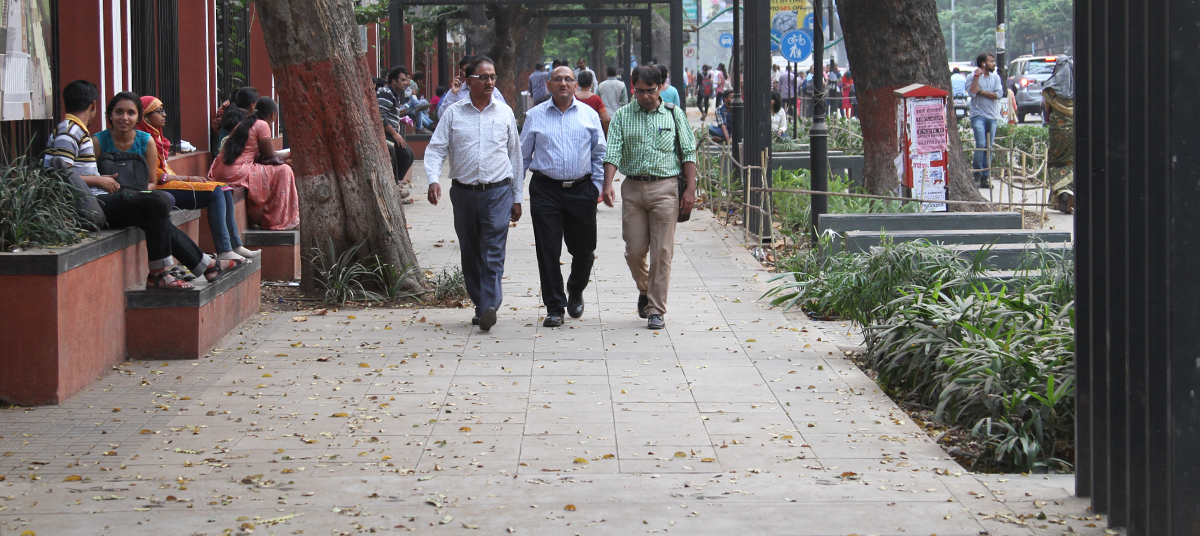Be it Chandni Chowk in Delhi or Pondy Bazaar in Chennai, our busiest streets are lined with rows of vibrant street shops selling everything under the sun from flowers, fruits, and vegetables to shoes, clothes, and gadgets. Street vendors are a constant presence in our cities, but are often seen as a nuisance, encroachers on public space. They suffer harassment at the hands of authorities, paying bribes under the constant threat of being evicted from their spots. We need to look at their role in our cities and find efficient and humane systems to include and integrate them rather than removing them unceremoniously from our streets.

Historically, bazaars and street shops have defined commerce and shopping in India with their colourful displays, variety of goods and their bustling crowds. Even today, we all remember walking and stopping by stalls and tarpaulin sheets filled with a variety of wares catching our eye. We enjoy the feeling of satisfaction when we spot bargains and end up buying three pairs of things we didn’t even know we needed at a price we didn’t think possible. Street vendors bring life to our streets, giving us a chance to stop in the middle of our busy lives and look around. They also ensure that there are “eyes on the street”, their presence making people feel safer and more comfortable being on the streets.
Street vendors form a crucial link in the informal economies that run our cities. On the buyer’s side, they provide essential goods to people at affordable prices and convenient places. On the other side, they ensure the livelihoods of a large number of workers, who work in local small-scale industries that manufacture these goods.
Despite their historical significance and economic contributions, street vending remained illegal in independent India for almost sixty years until 2014, when it was legalised by the Street Vendors (Protection of Livelihood and Regulation of Street Vending) Act. Many people still regard vendors as a public nuisance and as encroachers causing traffic problems. Authorities see them as illegal groups, and often harass them to pay bribes for their spots with the constant threat of eviction. Resident associations see them as eyesores in an otherwise “modern” city. As a result, vendors face a great difficulty with obtaining licenses, unstable earnings, and a constant fear of harassment.
When street vending spontaneously starts in areas, it is not without its issues that need to be addressed. In places which are hubs of street vending activity, there is a lack of safe and sufficient pedestrian space, forcing people to walk in traffic. We need to prevent overcrowding and unsanitary conditions in public spaces. The response from city authorities have been to conduct eviction and demolition drives to erase even traces of their presence from cities. But should the solution be to completely ban a vital activity and displace people without viable alternatives?
In 2004, the National Policy on Urban Street Vendors stated a need to recognise the role of street vendors in the economy and protect them from harassment, calling for a move from prohibition to regulation. The Act of 2014 specifies that Town Vending Committees (TVCs) must be established to carry out surveys of vendors, ensure that all existing vendors are accommodated in vending zones, and issue certificates of vending.
City civic bodies are required to design a Vending Management Plan informed by periodic surveys, certification of vendors, and designation of special vending and no-vending zones in the city. This framework can be implemented to effectively plan areas where vending can happen and reduce the issues that result from unregulated vending. The sad reality is that while extensive city-wide plans are required in all our cities, very few cities have started designing and implementing any such plan.
While the overall result is a city-wide plan, it has to be created as a series of local area plans. This is primarily because vendors already exist and cannot be displaced too far off from their current locations, and different streets in a region will have different capacities for vending zones. This can be assessed only at the neighbourhood level.
Bhubaneshwar was one of the first cities in India to come up with a plan working with stakeholders, vendors and the authorities. Between 2007 and 2011, the plan created 54 vending zones with 2600 permanent kiosks through a public, private and community partnership model. In February this year, Agra implemented a vending zone plan with 46 spots in the city. According to the plan, the zones will have drinking water facilities, street lights, pavements, parking space, dustbins and seating for visitors.
However, there is a long way to go. Bhubaneshwar, for example, needed a total of 180 vending zones to accomodate all 22000 vendors in the city. Most other cities have not even started the process of engaging with street vendors.

We can learn from these cities and design inclusive and integrated cities. Imagine our cities with streets filled with people, walking along a variety of shops, and safe and vibrant communities in every public space. Implemented well, the policies we already have in place can ensure that street vendors find their place in our cities, making better cities for them and for all of us.
Written by Keshav Suryanarayanan
Edited by Kashmira Dubash





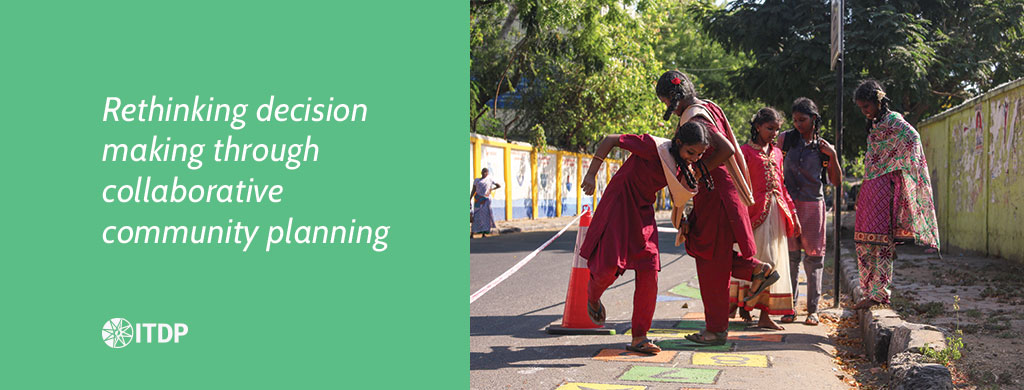



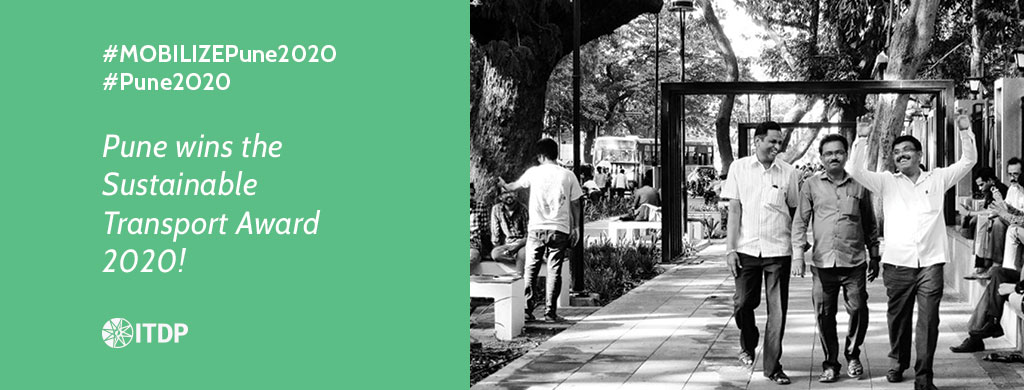

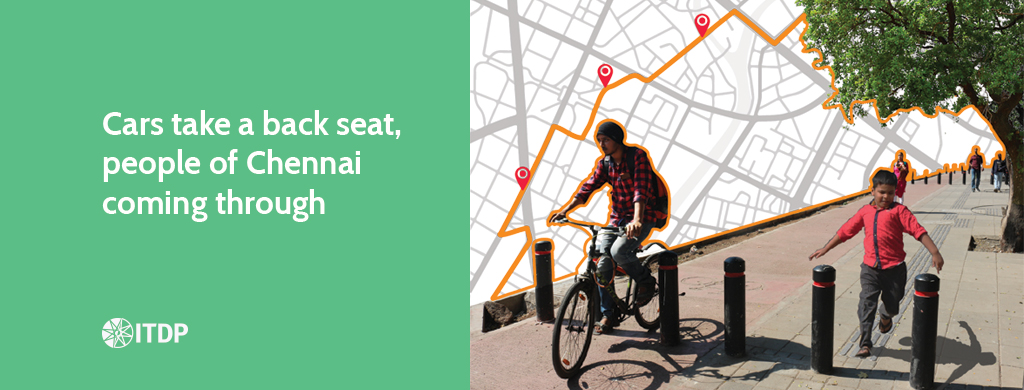










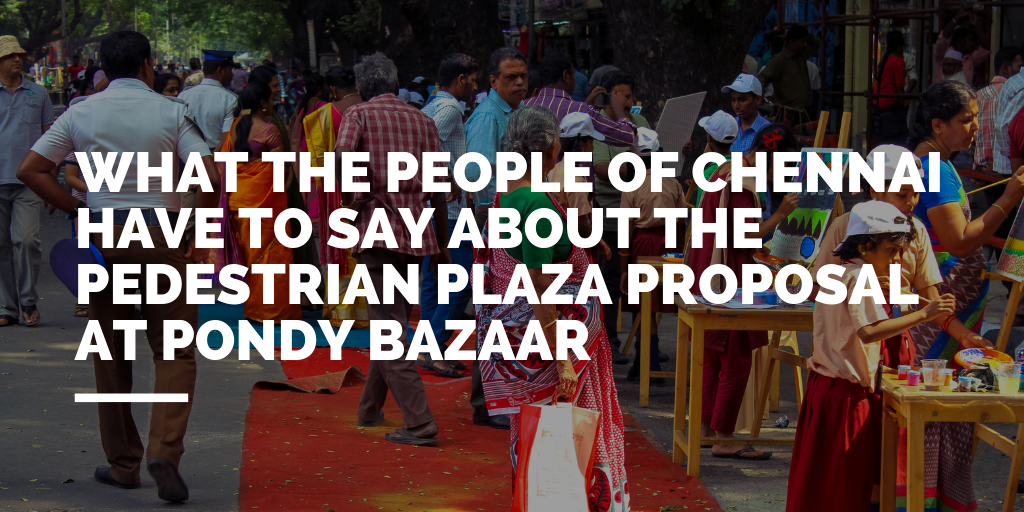

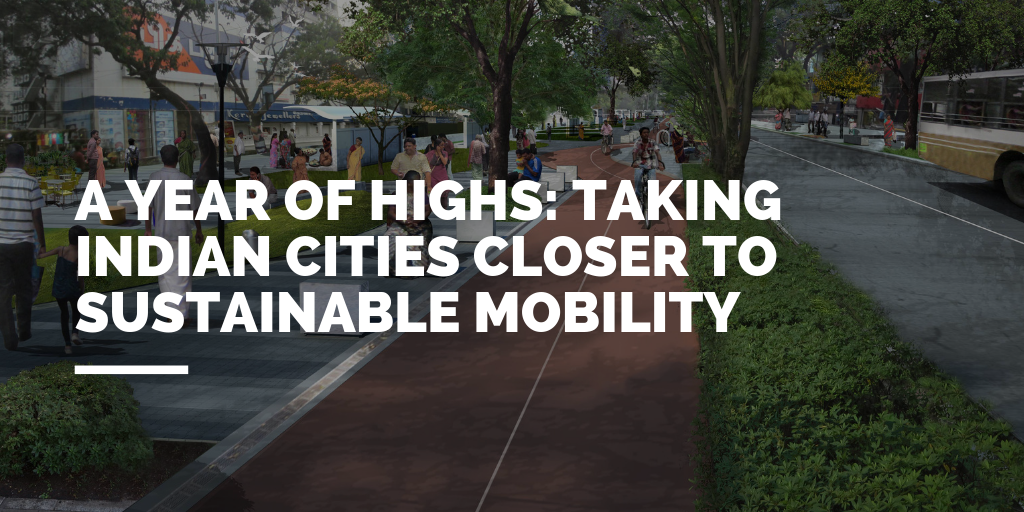

















 India’s first car-free Sunday in Ahmedabad in 2012
India’s first car-free Sunday in Ahmedabad in 2012 People enjoying hop-scotch at the car-free Sunday in Coimbatore
People enjoying hop-scotch at the car-free Sunday in Coimbatore Father and daughter bonding over skipping at the car-free Sunday in Chenani
Father and daughter bonding over skipping at the car-free Sunday in Chenani